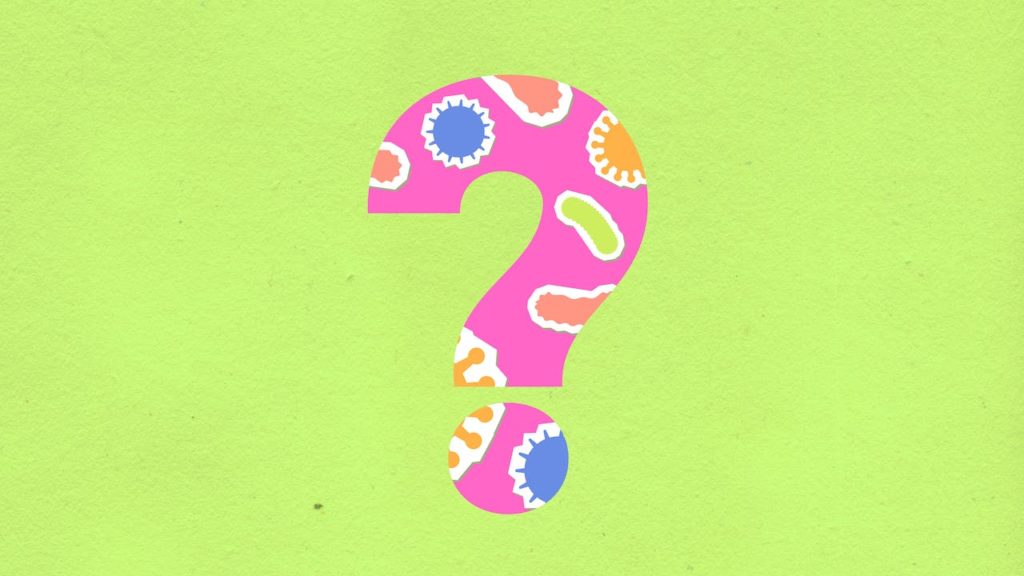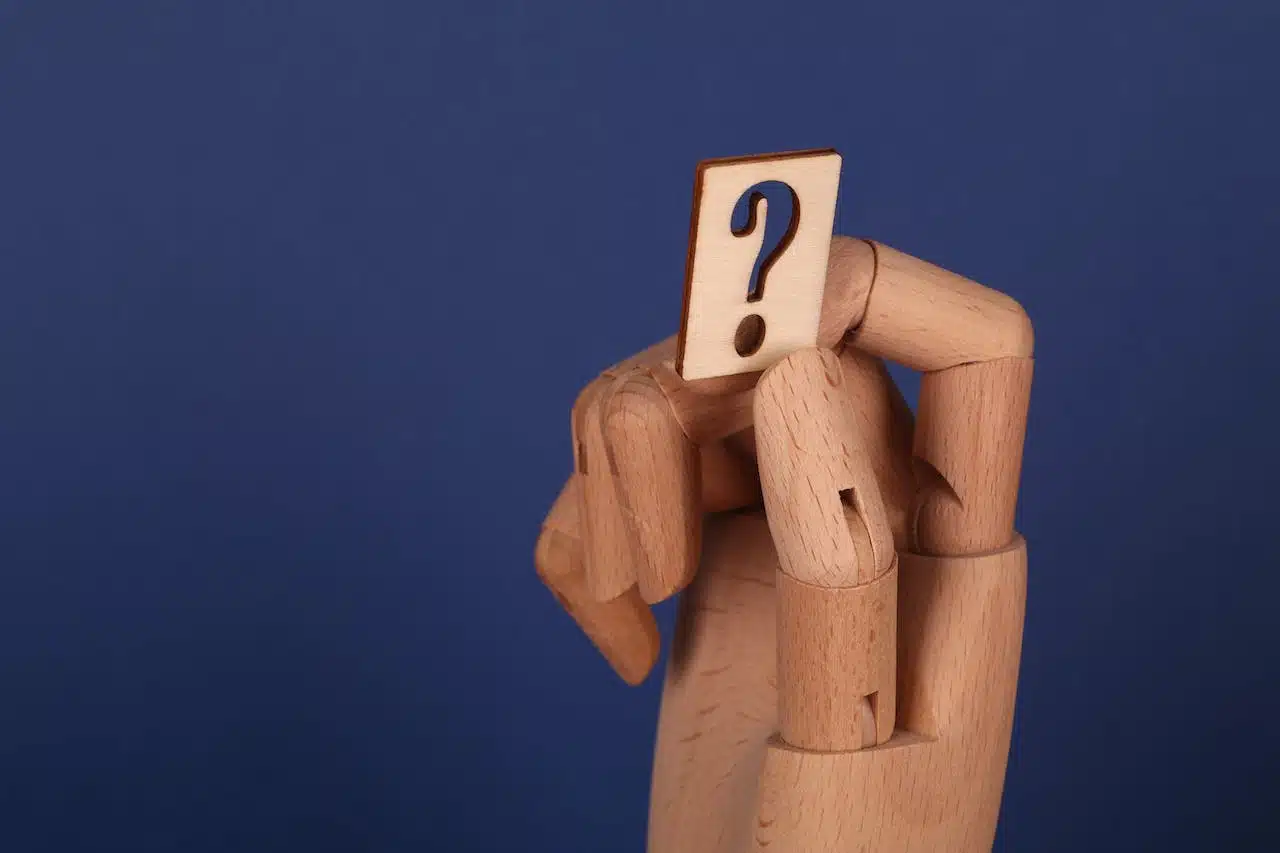In the universal language of punctuation, marks play vital roles in expressing thoughts, intentions, and emotions in a written form. Amongst these marks, question marks hold a crucial position as they represent our inquiries. The use, significance, and interpretation of question marks, however, stretch beyond their function denoting questions.
What Does Question Mark Represents?
The question mark is a fundamental symbol in the punctuation family, serving as an essential tool in written language. Known as the interrogation point, its primary purpose is to signal an interrogative clause or phrase, prompting a reply or indicating a query. This punctuation mark has an established place in written discourse across many languages and cultures. In the realm of English literature, a single question mark at the end of a sentence is the standard indicator of a question, denoting the end of an inquiry.
However, the use of question marks can present with nuances that differ from one culture to another. For instance, Spanish typography introduces a question with an inverted question mark, providing a visual cue to the reader right at the beginning of the sentence. This establishes a clear difference in how questions are visually framed within various linguistic traditions.
What Does Three Question Marks Mean
Expanding on the conventional use, the triple question mark has carved out its own distinct meaning in written communication. It’s not uncommon to encounter three consecutive question marks punctuating a sentence. This triad of punctuation often suggests a more intense inquiry or, sometimes, a heightened sense of bewilderment, confusion, or disbelief. The implication is that a single question mark does not quite capture the writer’s depth of questioning or emotional state.
The psychological impact of these three marks in a row cannot be understated. They convey a deeper plea for explanation or a stronger reaction to a statement. In many ways, the use of triple question marks can be interpreted as an emphatic expression, often indicating that the writer is grappling with more than mere curiosity.

Comparisons to Other Forms of Punctuation
This phenomenon of punctuation emphasis is not confined to the realm of question marks alone. A solitary question mark signifies a direct question, straightforward and lacking additional connotations. Doubling up on question marks can introduce a note of incredulity or request for confirmation. Tripling them, however, takes the expression to an even higher level of insistence or emotional resonance.
Similar to question marks, other punctuation symbols have also undergone a transformation in their application, especially in the era of digital communication. Exclamation marks, for instance, are now often repeated to express intense emotion or enthusiasm, and periods can be used consecutively to indicate a strong finality or seriousness.
Usage of Three Question Marks in Different Contexts
The acceptability of using triple question marks largely depends on the context of the communication. In the domain of formal writing, which includes academic and professional documents, deploying three question marks in a row might be frowned upon. Such usage can be perceived as overly informal, or even disrespectful, as it injects a personal and emotional element that may not be appropriate in such settings.
Conversely, in casual or informal communication, particularly within the fast-paced milieu of digital messaging and social media, using three question marks has become a relatively common phenomenon. This practice allows writers to emphasize their astonishment or urgent need for an answer in a conversational tone that is often absent in formal writing.
In literature, authors may strategically employ three question marks to add depth to dialogue or narration, providing insight into a character’s emotional state or the intensity of a situation.

Handling Misinterpretation and Overuse of Three Question Marks
Despite the expressive power of triple question marks, their overuse or misuse can lead to negative consequences. Such overuse might desensitize readers to the intended impact, or worse, it can introduce ambiguity or annoyance into the communication. When messages are peppered with triple question marks without clear intent, it can detract from the message’s clarity and effectiveness.
To avoid these pitfalls, it is important to use this punctuation style judiciously. Recognizing the tone, the audience, and the medium of your message is critical. Three question marks should be reserved for moments that truly demand such emphasis, ensuring that when they are used, they retain their potency and communicate the intended narrative force.
Conclusion
The punctuation practice of using three question marks exemplifies the linguistic diversity and flexibility of written communication. Although it started as an internet communication trend, it found its place in informal writing and literature, showing the evolving crossroads of language and how we emotionality represent ourselves in writing.
In the end, while three question marks are an unconventional tool, their significance lies in their ability to transcend the traditional function of punctuation marks. Used strategically, they can underscore emotions, bring out the urgency and depth of questions, and contribute to more expressive and effective written communication.


















